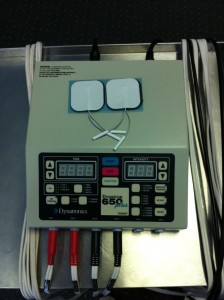Trying to look your best may not be the best thing for your body. Wearing high heels alters your posture which can lead to many back, neck, leg and foot problems.
Wearing high heels pushes your center of gravity forward. This causes your back and calf muscles to work harder to keep you standing up straight. This in turn shortens your back and calf muscles.
When you wear high heels, your knees stay slightly bent and your shins turn inward. These compressive forces can cause pain on the inside of your knee which can lead to degenerative joint disease.
Your calf muscles are shortened when wearing high heels. This puts a lot of pressure on your forefoot while you are walking. This can increase your chances of getting hammertoes, bunions and neuromas. And don’t forget about corns, callouses and blisters that can occur from wearing pointed toed shoes.
Over a long period of time, wearing high heels can permanently damage your Achilles tendon. While wearing high heels, your Achilles tendon is shortened. This can result in heel pain.
And lastly, one could develop “pump bump”, otherwise known as Haglund’s deformity. This is a bony enlargement on the back of the heel caused by straps and rigid backs of pump type shoes which causes rubbing on the back of the heel.
Physical Therapy can help decrease pain associated with wearing high heeled shoes. Please contact Harbor Physical Therapy for more information.


